| Type | Region | Description |
|---|---|---|
| Beef Rouladen | Throughout Germany | Thinly sliced beef rolled around a filling of bacon, onions, mustard, and pickles. |
| Sauerbraten Rouladen | Rhineland | A variation that incorporates elements of Sauerbraten, marinated in a sweet-sour mix before being cooked. |
| Kohlrouladen | Various | Cabbage leaves used as the wrapping material, filled with minced meat, rice, and spices. Also known as “cabbage rolls”. |
| Schweinerouladen | Saxony | Pork slice variations, using similar fillings but often lighter, with a focus on pork’s natural flavors. |
| Fish Rouladen | Coastal Regions | Delicate fish fillets rolled with herbs and sometimes a filling, reflecting Germany’s coastal culinary influences. |







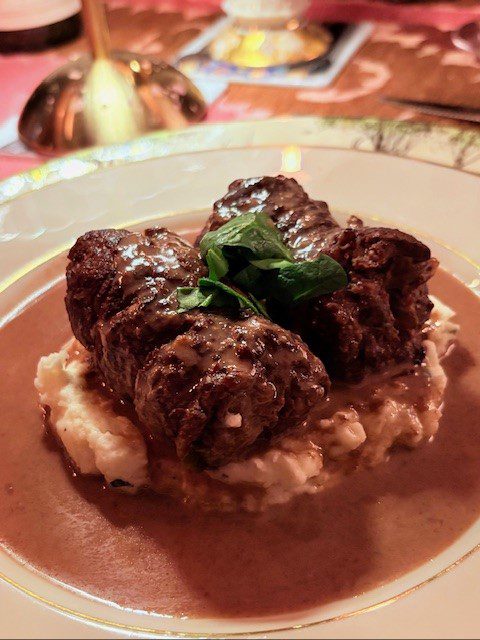

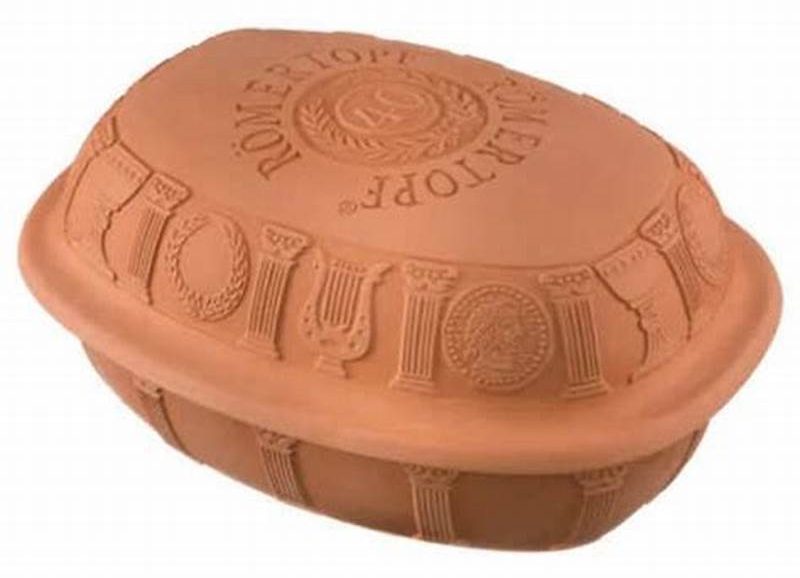
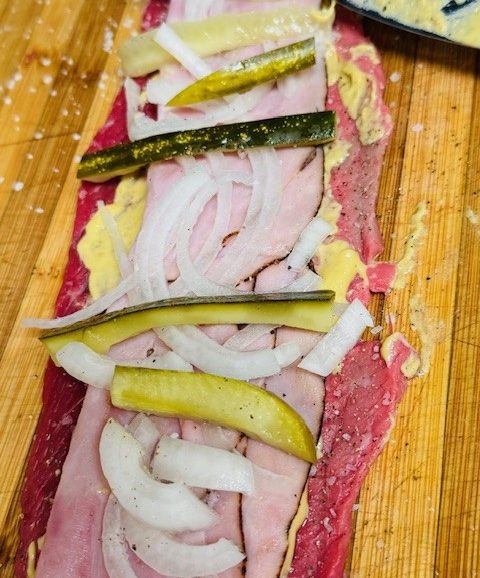
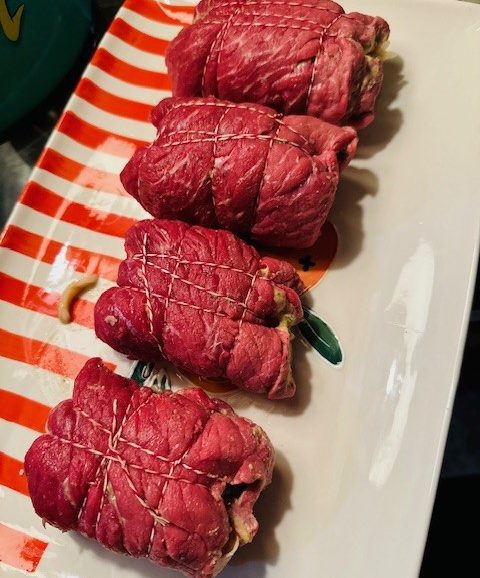
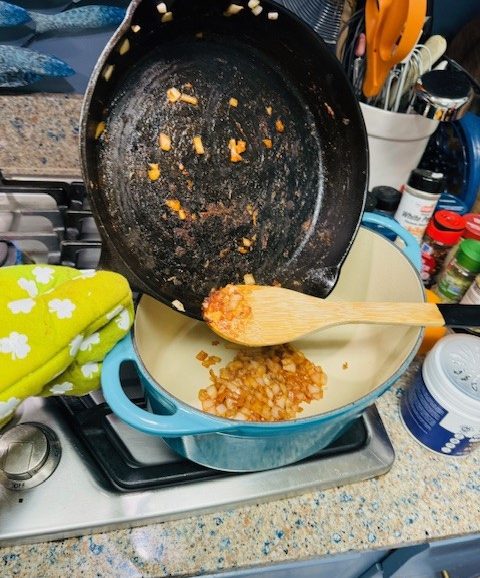
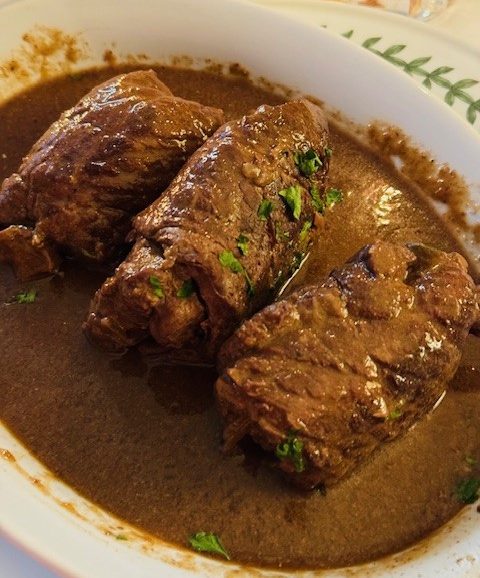
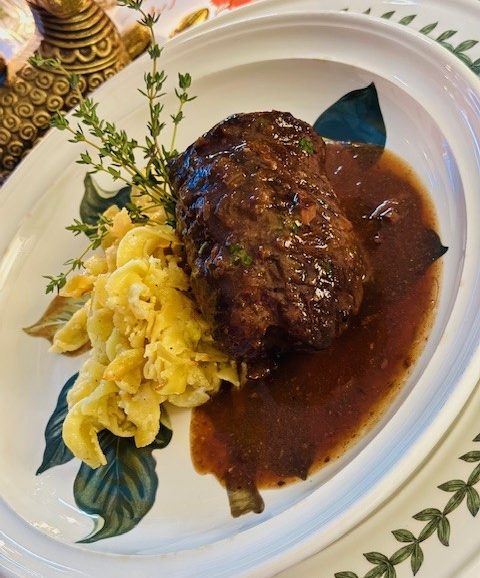

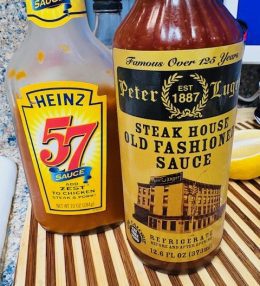
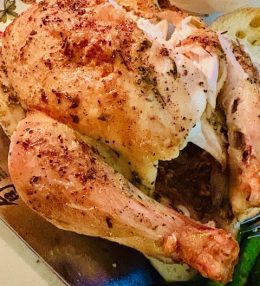

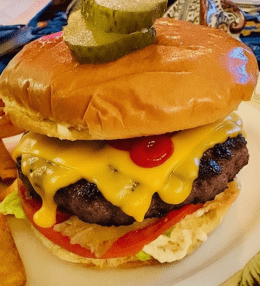
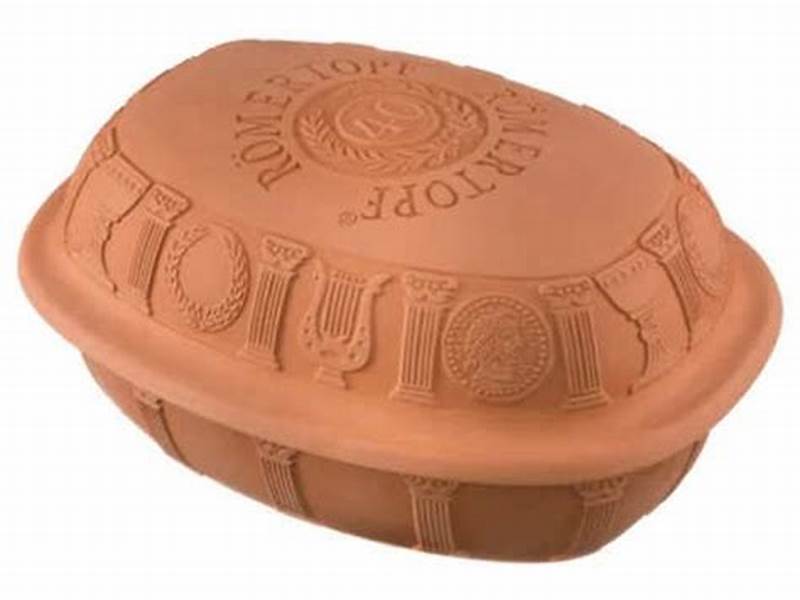
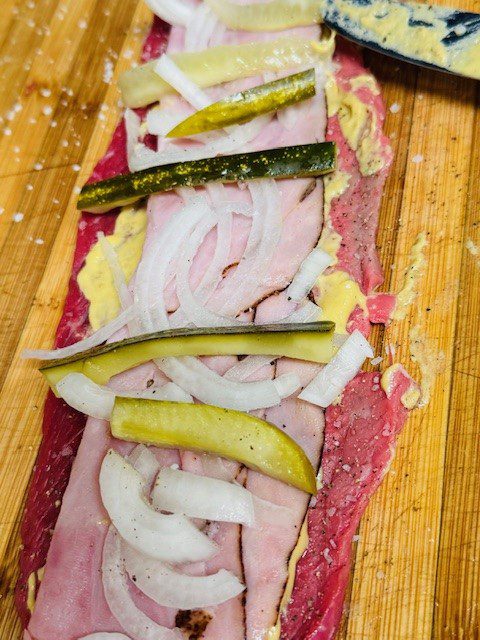
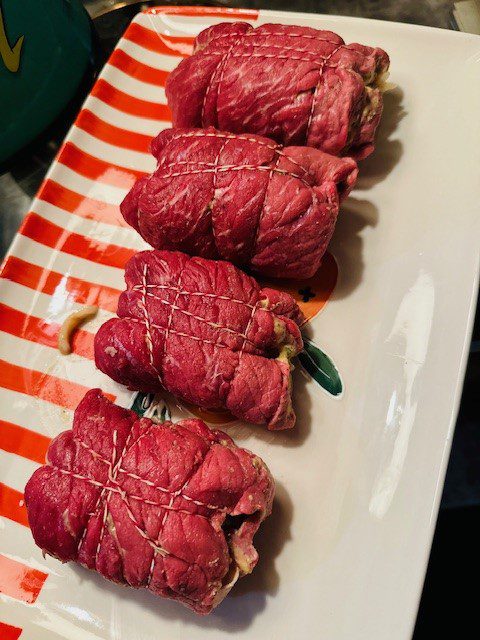

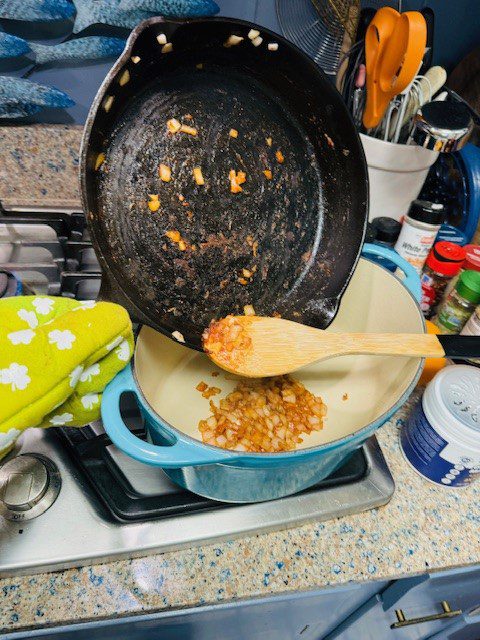
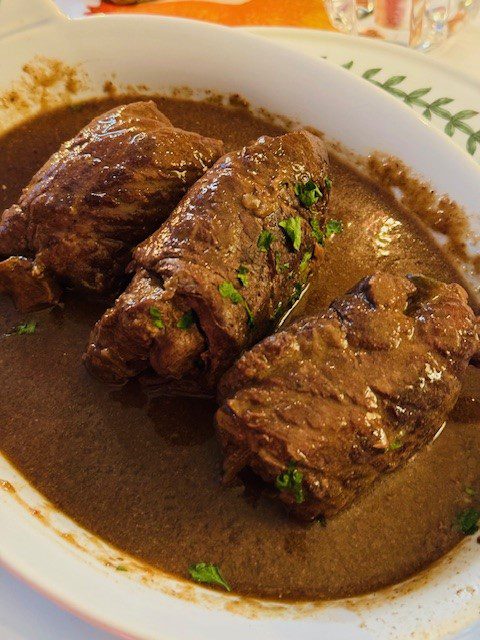
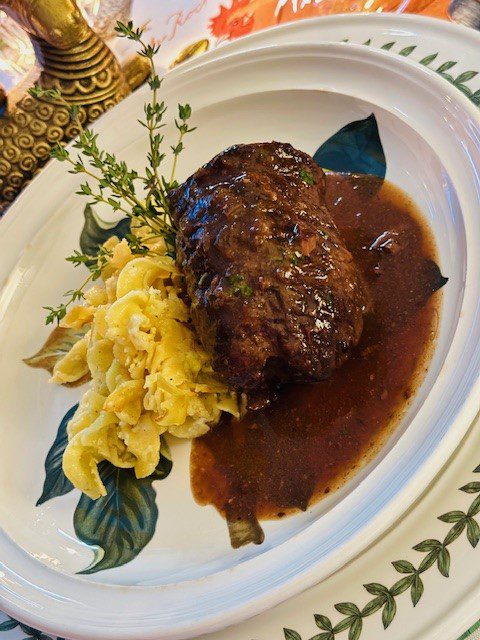
Recipe Reviews